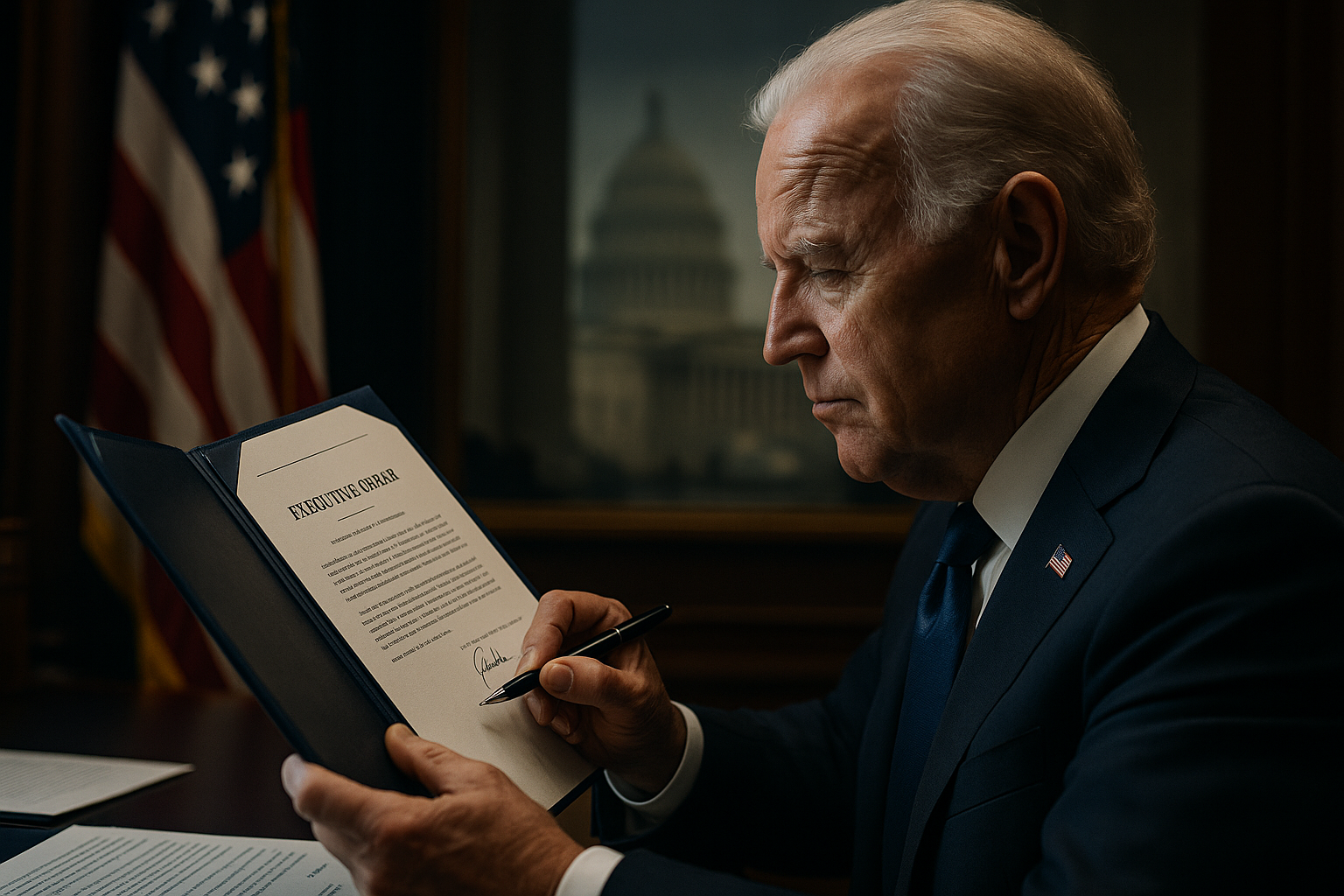A Close Look at the Expansion of Executive Orders in the United States
In recent decades, the use of executive orders by United States presidents to bypass the traditional legislative process has been a significant subject of discussion. This article delves into the historical context, current trends, and societal implications of this growing phenomenon.

The Historical Context of Executive Orders
The use of executive orders dates back to the country’s first president, George Washington. However, it was during the Civil War, under President Abraham Lincoln, that their use surged as a means to swiftly make critical wartime decisions. Since then, each president has utilized executive orders to varying degrees, shaping policy and law based on their administration’s priorities.
The Expansion of Executive Orders
In modern times, the use of executive orders has expanded. Presidents often use them to bypass Congress, particularly when the legislative body is slow to act or when there is a significant partisan divide. This trend towards increased executive action has sparked debates about the balance of power within the federal government. Critics argue it undermines the democratic process and the checks and balances system, while supporters see it as a necessary adaptive response to political gridlock.
Recent Trends and Developments
Recent administrations have increasingly made use of executive orders. For example, President Barack Obama issued orders on everything from immigration to climate change, while President Donald Trump took executive action on issues such as trade and healthcare. Current President Joe Biden has continued this trend, issuing a flurry of orders within his first weeks in office.
The Societal Impact
The societal impact of executive orders is significant. They can shape policy on contentious issues, like immigration and climate change, that directly affect people’s lives. However, their unilateral nature means they can also be easily overturned by subsequent administrations, leading to policy instability. This constant shifting can create uncertainty and confusion for those most affected by these policies.
The Future of Executive Orders
As political polarization continues to intensify, the use of executive orders may continue to rise. However, this could potentially lead to further legal challenges and debates about executive overreach. Understanding the history, implications, and potential future trends of executive orders is crucial in this evolving political landscape.
In conclusion, executive orders have become a pivotal tool in modern governance, allowing presidents to bypass traditional legislative processes and enact policy quickly. While this can provide a timely response to urgent issues, it also challenges the balance of power in government and can lead to policy instability. As the use of executive orders continues to expand, it is imperative to consider their long-term implications for democratic governance and society.






